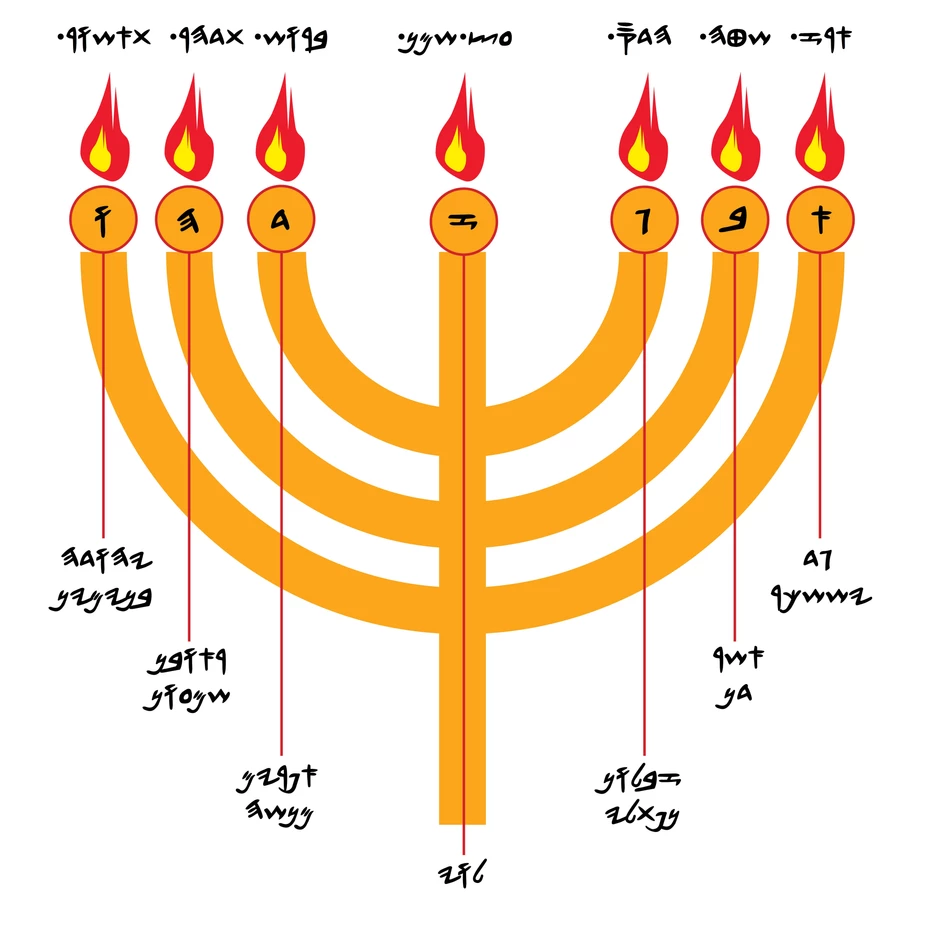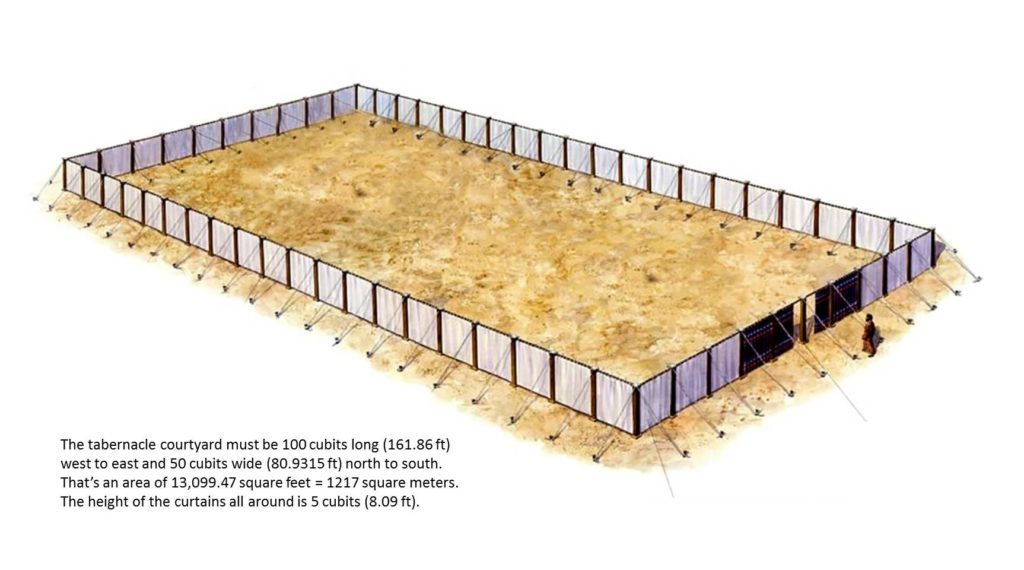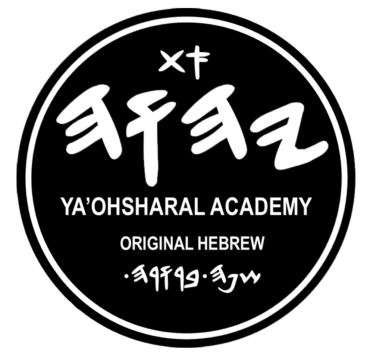

“I will give in the wilderness the ARAZ, the SHATAH, and the HADAS, and the GHATS SHAMAN; I will set in the unoccupied land BAROSH, THADAHR and the THA’ASHOR together so that they will see, and they will know, and they will consider, and they will understand together that the hand of YA’OH did this, and the holy one of Ya’ohsharal, He created it” (Yashai-Ya’oh [Isaiah] 41:19-20).
Here’s another two verses of scripture no one in the churches, and no one in the black hebrew israelite christian camps, ever talk about. In fact, here is a WHOLE chapter in Yashai-Ya’oh (Isaiah) that no one ever talks about. That’s ok though. It’s not their job to explain and to break this chapter down. It’s mine.
These terms madbar (מדבר) “wilderness” and gharabah (ערבה) “unoccupied land” are synonymous terms according to these verses of scripture. They do not mean a sterile, arid desert region devoid of any water or grass or trees. The gharaboth Moab (“plains of Moab”) where our ancestors camped out just before crossing the Yardan (Jordan) river is still to this day, in what is now called the country of Jordan, a well-watered fertile plain. That’s why it was chosen as a camp site by our ancestors in the first place. Thus, any open area that is not occupied and is not populated with settlements is a מדבר and a ערבה. It doesn’t matter if the land is arid or fertile. The terms are describing an untamed land that is still in its natural state and has not been developed or populated by people.
madbar (מדבר) = untamed land not developed by people
gharabah (ערבה) = unoccupied land not populated by people
So, now that we have clarified the definition of the terminology, what the prophecy is telling us is that YA’OH intends to put seven different kinds of trees into a specific vacant area of untamed and undeveloped land (in the far east!), and this land has to be fertile land in order for trees to flourish there. But these seven different species of trees are not literal trees. They are clearly people. This is betrayed by the fact that the middle tree, the ghats shaman (עץ שמן) “tree of oil”, is not even the name of a real tree. It is not the olive tree since the olive tree has its own unique name in our language, zayth (זית). The ghats shaman must therefore represent that tribe of the people of Ya’ohsharal who are set apart and distinguished from the rest as being the tribe of the anointed ones, i.e. the Loaym (Levites).
Since the Loaym were not counted as part of the twelve tribes that inherited territory in the promised land, that leaves us with twelve tribes for the six remaining trees, or in other words each of the remaining six trees represent two tribes (2 + 2 + 2 + 1 + 2 + 2 + 2 = 13). The Loaym are their own tree in the very middle of the seven trees because this is a picture of the manorah which is the seven-branched candelabrum with three candle branches stemming out from each side of the shaft of the middle lampstand.
According to Thorah 3 (Leviticus) 24:1-4, the holy manorah belongs in one place and one place only: inside of the tabernacle. What we are being told by the prophet is that YA’OH is going to put His people into a vacant and undeveloped area of land where they will flourish like trees and where they will work together and construct His tabernacle. The tabernacle of the testimony is going to be reared up in the wilderness during these days of the Seventh Trumpet that we are living in now (1828-2121 CE), and the Ark of the Covenant of YA’OH is going to be recovered and be put inside of the tabernacle.
“And the seventh messenger sounded the trumpet and there were great voices in heaven saying: <<The kingdom of Ya’ohsharal has become of our Master, and He will reign for ever and ever!>> And the twenty-four elders siting before Ala’aym upon their seats fell down upon their faces and worshiped YA’OH, and they said: <<We give thanks to you, YA’OH, Ala’aym tsaba’oth, which was, and which is, and will be; for you have taken your great power and have reigned, and the nations were wroth for your wrath is come, and the time of the judgment, to give reward to your servants the prophets, and to the holy ones, and to the ones who fear your name, and to destroy the ones destroying the earth.>> And the tabernacle of the appointed place was reared up, and there was seen the Ark of the Covenant of YA’OH in His tabernacle. And there were thunders, and voices, and lightnings, and an earthquake, and a heavy scattering of stones” (Khazon [Revelation Restored] 11:14-18).
Does the symbolism of Yashai-Ya’oh 41:19-20 mean that a remnant of the 12 tribes plus Loay is going to be gathered out of the New World where they were shipped during slavery and be planted in a second wilderness where they will rebuild the tabernacle for YA’OH, be restored as a nation, and where they will make the new covenant?

Yes, that is exactly what it means (Yashai-Ya’oh 4:6; Yaram-Ya’oh 31:1-2). The seven women in Yashai-Ya’oh chapter 4 are not literal women just as the trees in chapter 41 are not literal trees. Chapter 4 is not talking about polygyny at all. It is talking about the 12 tribes plus Loay, 13 tribes organized into seven assemblies. They will come together, a remnant of them, and they will cling to one man, YA’OH, in the wilderness, and they will rebuild His tabernacle.
Just imagine what people will think when they SEE this happen with their own eyes. All these endless debates online on social media platforms about a phony and utterly nonsensical ISUBGay 12 tribes chart, none of it matters because the true tribes will be the ones who do Yashai-Ya’oh 41:19-20. The one who is Above All will reveal His true people, the work of His hands, because they will be the only ones who fulfill this prophecy about seven trees being planted in the wilderness.
Where specifically is this second wilderness? Follow His name.
His name is YA’OH
Always has been. Always will be.
#EXODUS2023
1.15.7252

Wisdom, knowledge & understanding. Thank you for the clarity. Tsoray wa-ga’alay!